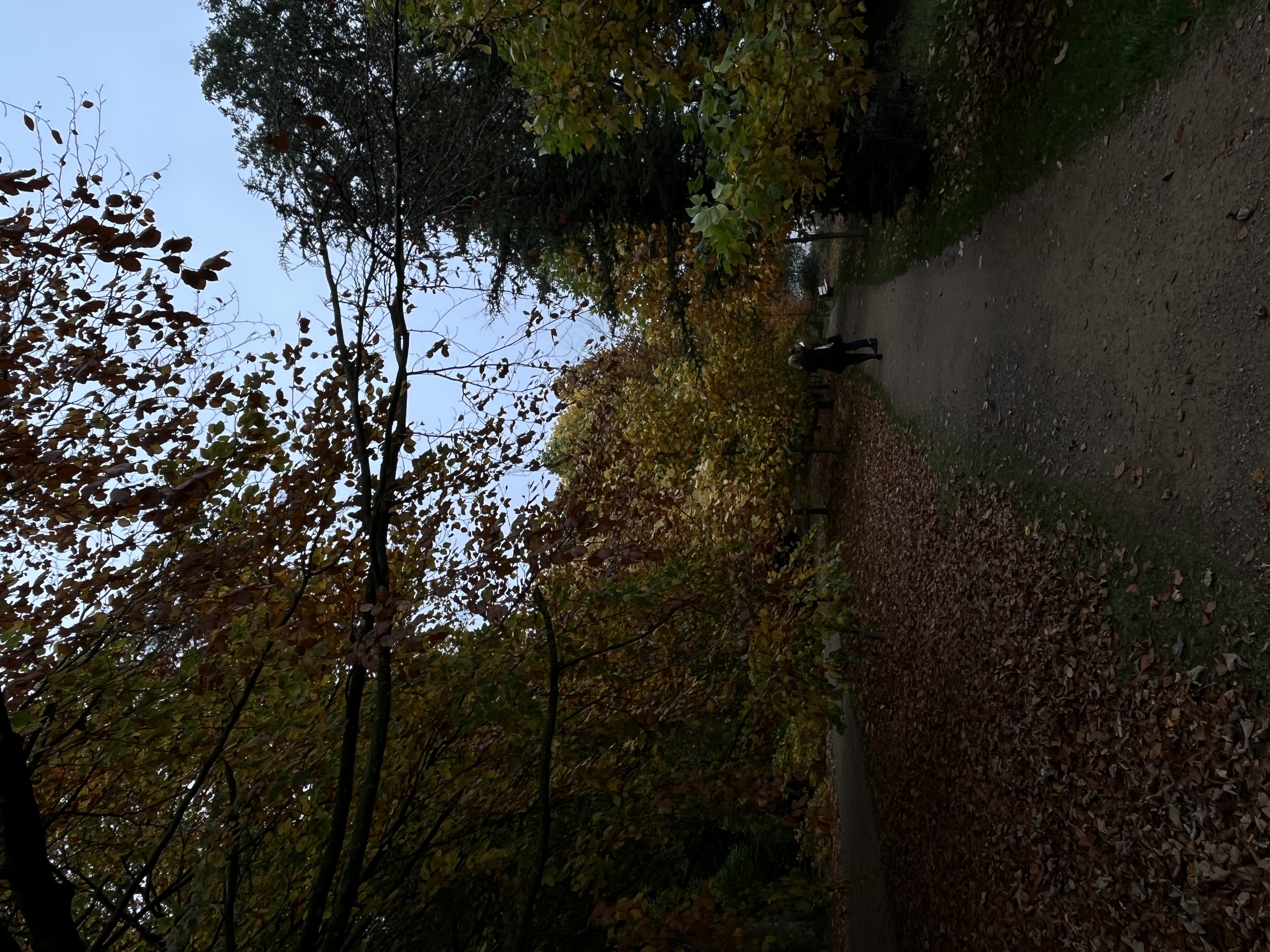Death of a Naturalist
Cards (22)
- What does Seamus Heaney's poem "Death of a Naturalist" capture?
- What are the two parts of "Death of a Naturalist" about?
- What does the boy collect in the first part of the poem?
- How does Heaney describe the boy's initial feelings towards the flax-dam?
- What imagery does Heaney use to convey the boy's engagement with nature?
- What does the phrase "jampotfuls of the jellied specks" evoke?
- How does the tone shift in the second part of the poem?
- What do the frogs symbolize in the second part of the poem?
- What significant change occurs in the boy's perception of nature?
- What themes are explored in "Death of a Naturalist"?
- When was "Death of a Naturalist" published?
- How does Heaney's upbringing influence the poem?
- What does the title "Death of a Naturalist" suggest?
- What does the phrase "the thick slobber of frogspawn" imply?
- How does the structure of the poem enhance its themes?
- What does the line "I sickened, turned, and ran" signify?
- How do "Death of a Naturalist" and "To Autumn" compare?
- How do "Death of a Naturalist" and "Afternoons" compare?
- What does Heaney's use of language achieve in the poem?
- What does the phrase "the spawn would clutch it" imply?
- What universal experience does the poem capture?
- How does Heaney combine elements in "Death of a Naturalist"?
